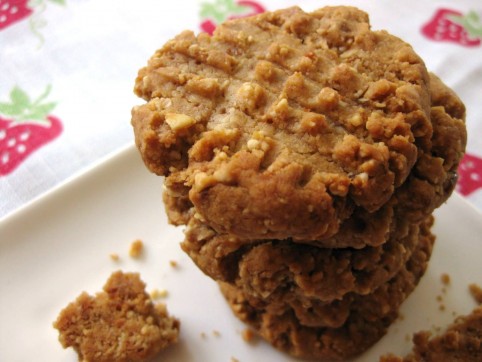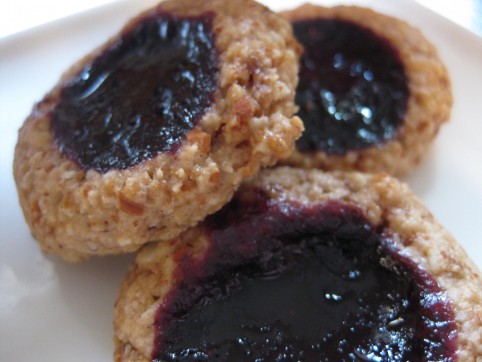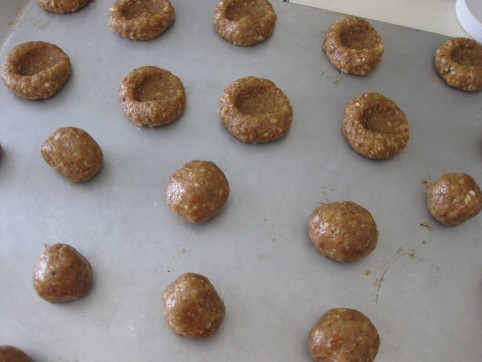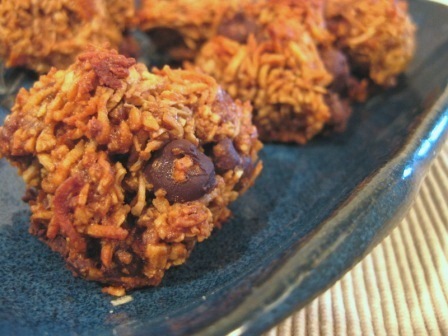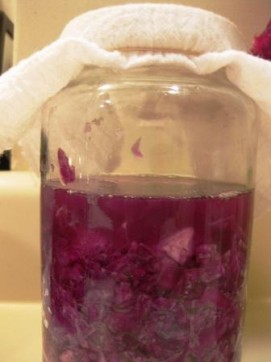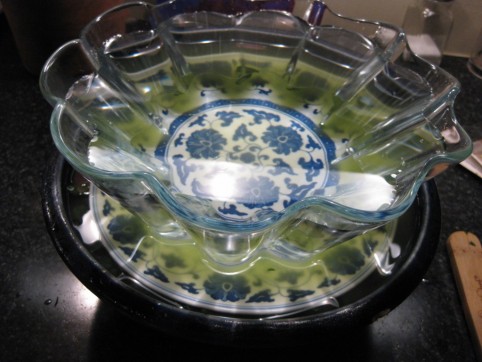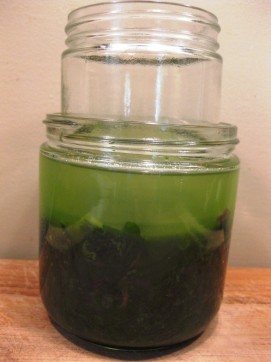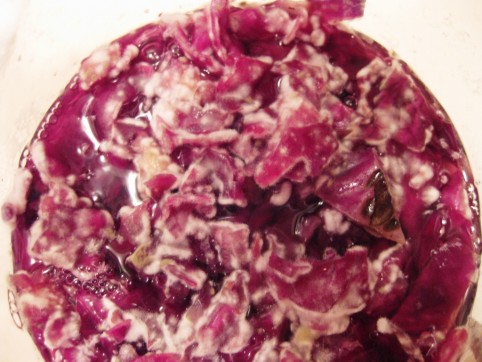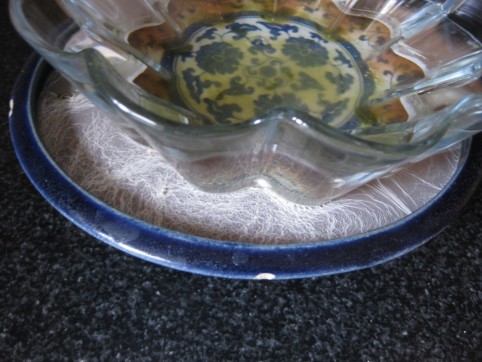It’s a Free Shipping Day at one of my very favorite companies, Tropical Traditions! The free shipping will save about $10-15 off your order, so it’s a good day to stock up, or try them out if you haven’t before. I really love this company’s products, and use them daily. Today only, Tuesday April 19th through Midnight EDT, they’re offering free ground-only shipping when you enter coupon code 41118 at checkout.
They have a wide range of high-quality products; here are my favorites:
Moisturizing lotion – I use this every day on my face and hands. It’s the most luxurious stuff, and very gentle since it has only a few wholesome ingredients. Definitely my all-time favorite lotion.
Moisturizing cream – Much thicker than the lotion, this is another favorite. Also great for use on face and hands.
Virgin organic coconut oil – Great for cooking, eating, and also for skin! Has a much better taste than other unrefined coconut oils I’ve tried. I just love this stuff.
Organic raw honey – This is the best-tasting honey I’ve ever had. I like to buy and taste lots of different honeys, and this one always wins, hands down. When I first tried it, my eyes got big and my mouth dropped open; it just has the most amazing taste! Quintessential, flowery honey taste. This stuff is a staple in our house!
Coconut cream concentrate – I love this stuff. LOVE it. The “format” is a little strange, because when you receive it, it will have settled out into a hardened layer of coconut oil and a layer of dried/finely ground coconut meat. You’ll wonder what to do with it at first; what I do is put the jar into a pan of simmering water and let it sit there until the contents have softened and liquefied, and then I can easily stir it up. Then, I put it in the fridge until it’s hardened again. Once hardened, you can then store it in the fridge or at room temperature (it won’t separate again unless it gets really hot in your house). I usually just eat this stuff plain, it’s so good; I break it into chunks with a knife, and eat it as a snack. Sometimes I’ll eat it dipped in the raw honey, which is a very decadent and extremely delicious snack!!!
Laundry Detergent – This detergent is all we use, now that I’ve discovered it. It works very well, gets the stains out, and lasts a long time, making this a very economical purchase.
Oxygen Bleach – Like OxyClean. If you need a tough stain-fighter/deodorizer for laundry and everywhere else around the house.
*****
Now, I’ve also tried their organic bar soap, and though it was really nice soap, Hubby and I have never seen a bar of soap get used up so fast! It was weird. It just seemed like it was gone in record time. So I wouldn’t get it again. (Though my mom has the liquid soap and really loves it.) I haven’t tried every single product that they sell…but the ones I listed above, I make sure to never run out of!
Also, I bought the Atchara once out of curiosity, and it was extremely strong (even for this vinegar lover!), and a little weird. Not quite a favorite. ![]()
*****
And if you’re a new customer and have never bought from them before, you can also get this Virgin Coconut Oil book, with information & recipes, for free (any time, not just today) by entering my User ID, which is 6032410. When you’re going through the checkout process and you’ve added your shipping address and phone number, you will see the question “How did you hear of us?” Just choose “Referred by a friend” and then a new “User ID” field will appear below that where you can enter my User ID. I also get some sort of little gift if I refer a friend, so that’s nice too. 🙂
(screen shot below)

